If you are looking for a walkie-talkie, you might be overwhelmed by the variety of models available on the market. You also need to consider your personal preferences and the legal regulations for radio communications.
This is not easy, because you can buy a walkie-talkie in any store without restrictions, but using it, carrying it with you or switching to different frequencies might require a license, a permit and a registration of your equipment with the state authorities.
I bought this walkie-talkie here
However, there are some walkie-talkies and frequencies that do not need any of these. These are the civil frequencies, which are allocated in a certain range and have a limit on the radiation power. So your walkie-talkie must meet these criteria.
This walkie-talkie is interesting because you can program all the civil frequencies into it, as it has 80 channels by default. This is enough to include all the civil frequencies. The stated power of 6 watts, which is written on a sticker under the cover, is actually a maximum power of 2 watts, and you can reduce it to 0.5 watts in the program. So you can choose the power that suits the allowed civil frequencies.
The radio is packed in a regular cardboard box.
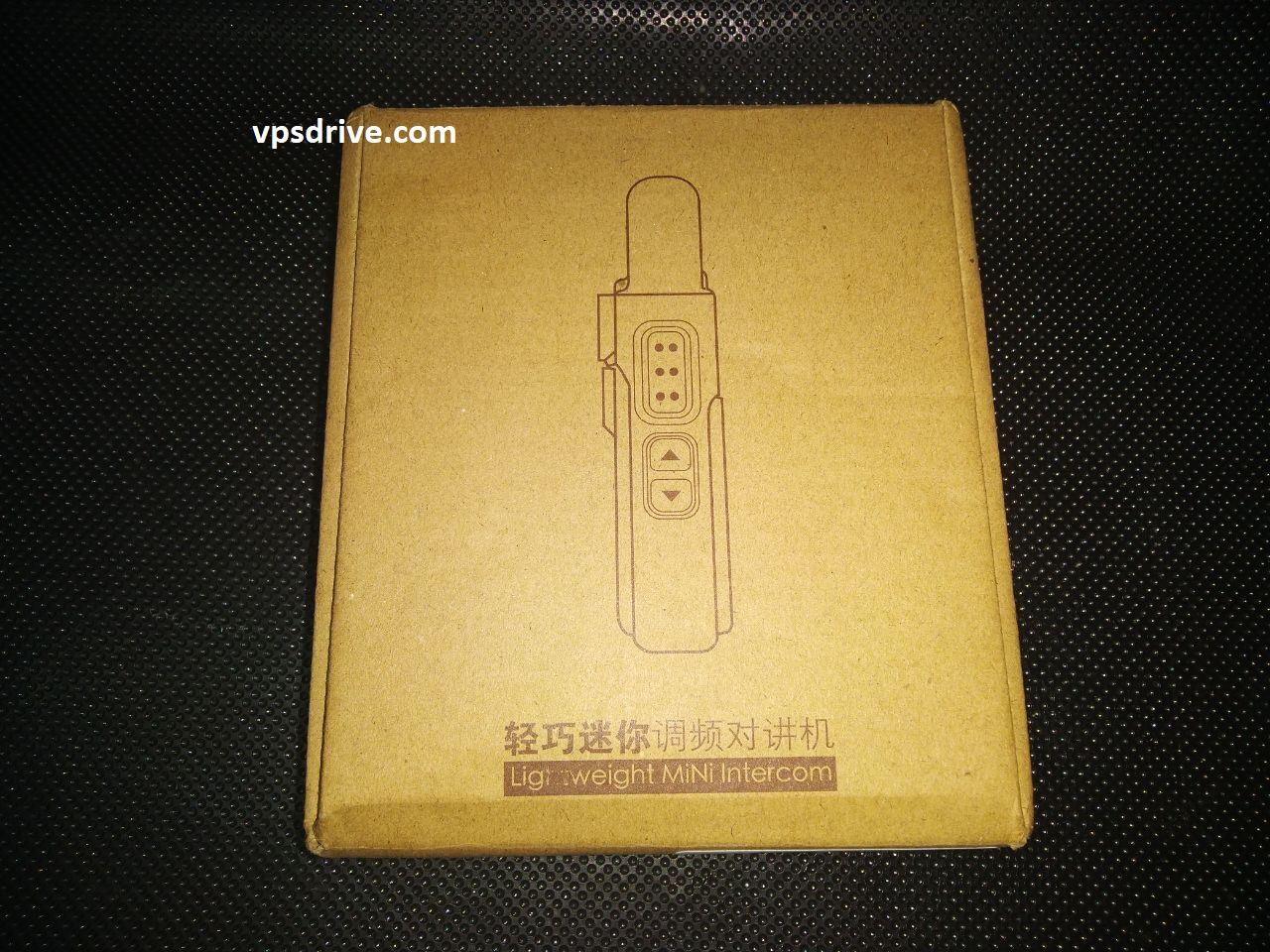
At the bottom there is a sticker with the declared characteristics, in fact they are different, and more accurate data can be found on the paper passport of the device inside the box.
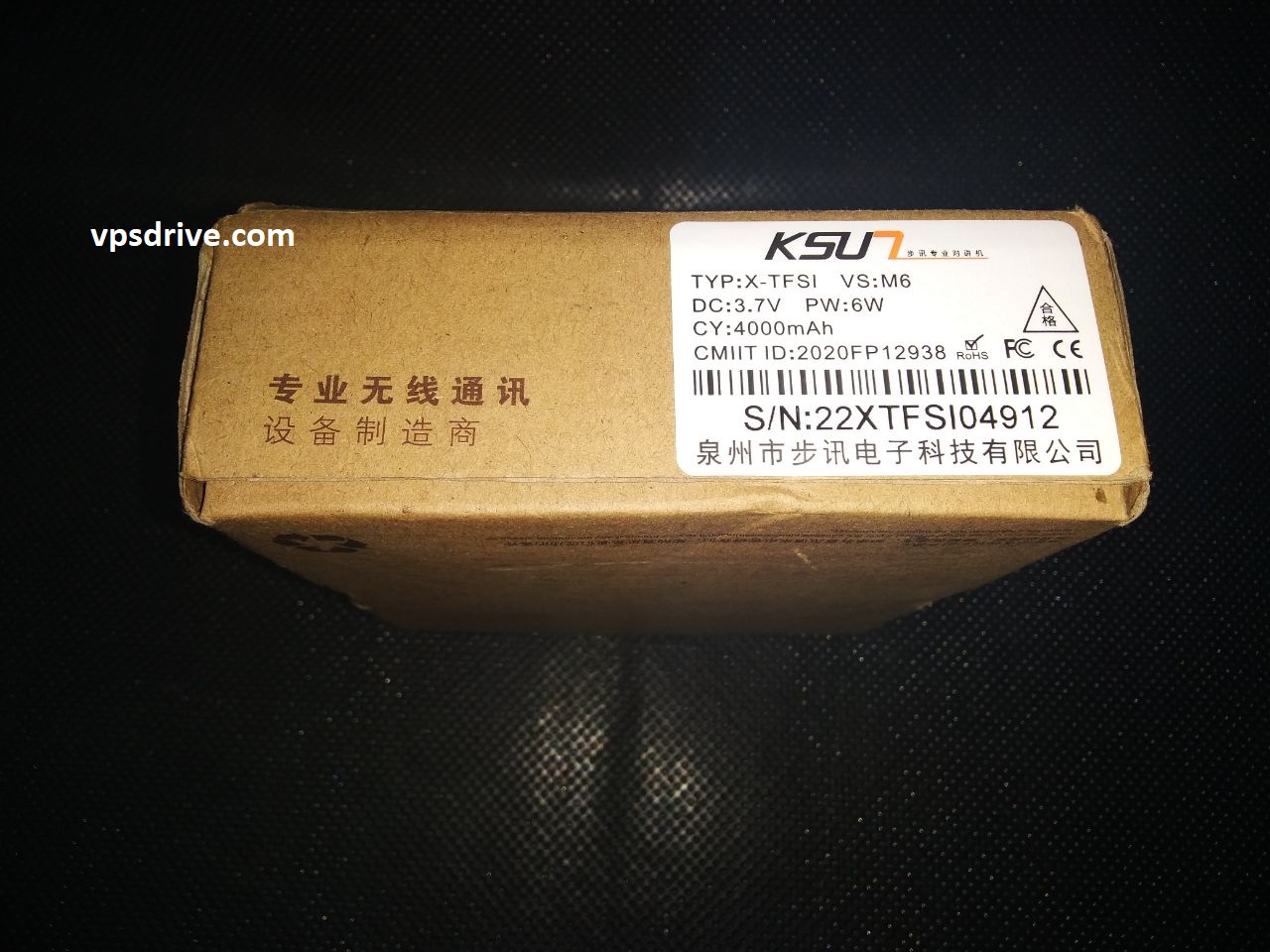
Depending on the kit you choose, a programming cable may be included in the box.
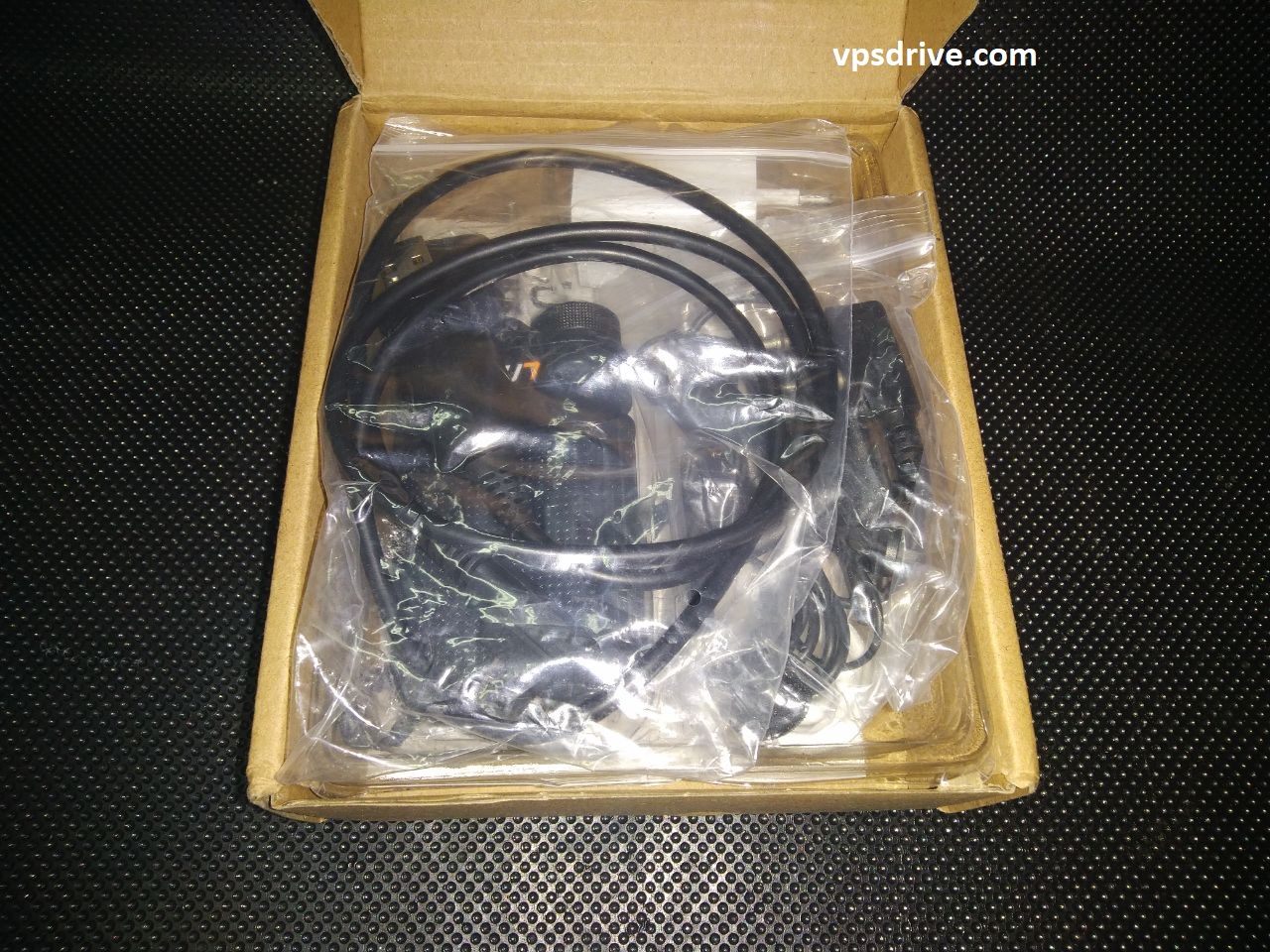
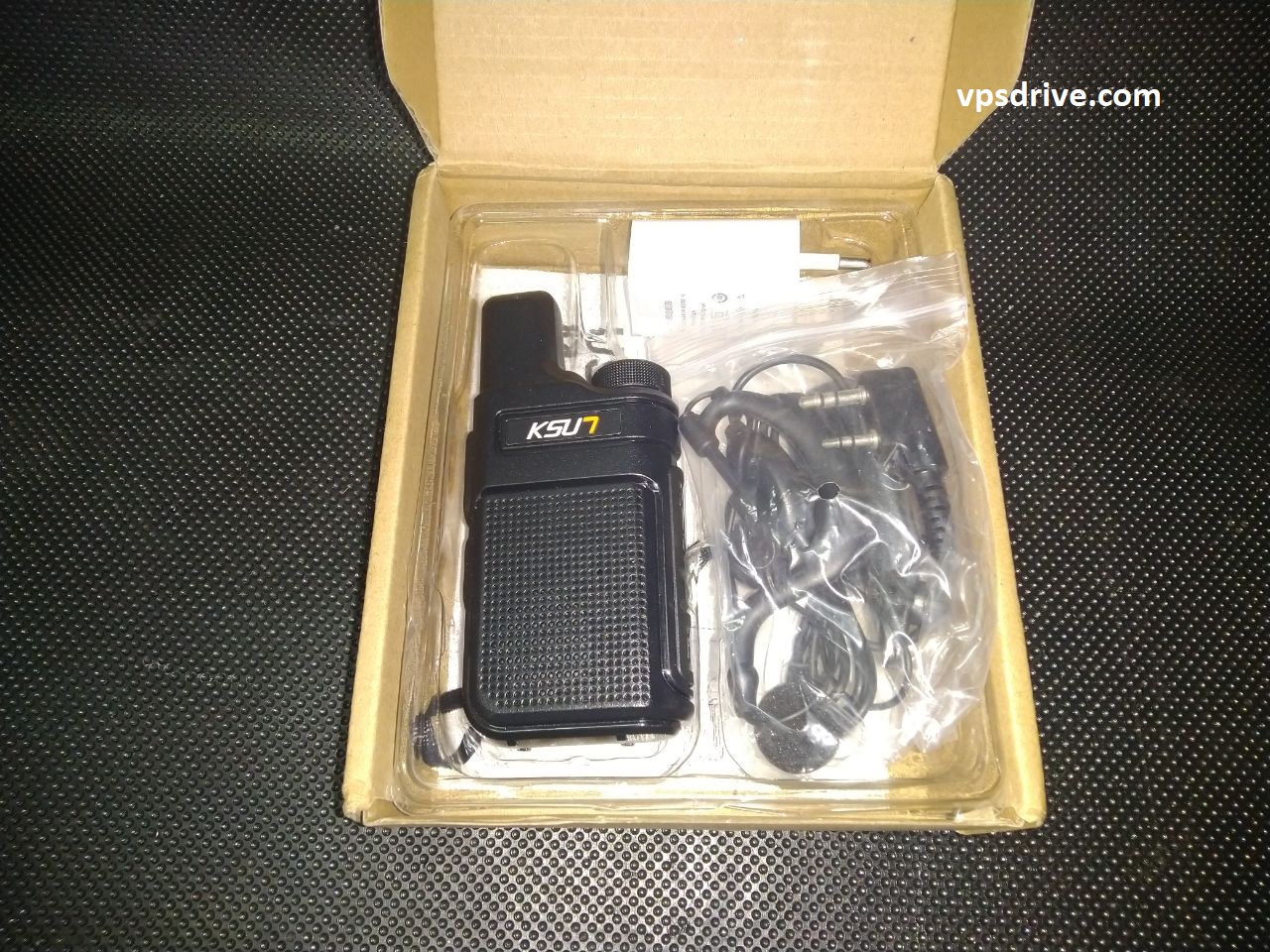
Also inside is a charger and a USB type-c cable, as well as the walkie-talkie itself.
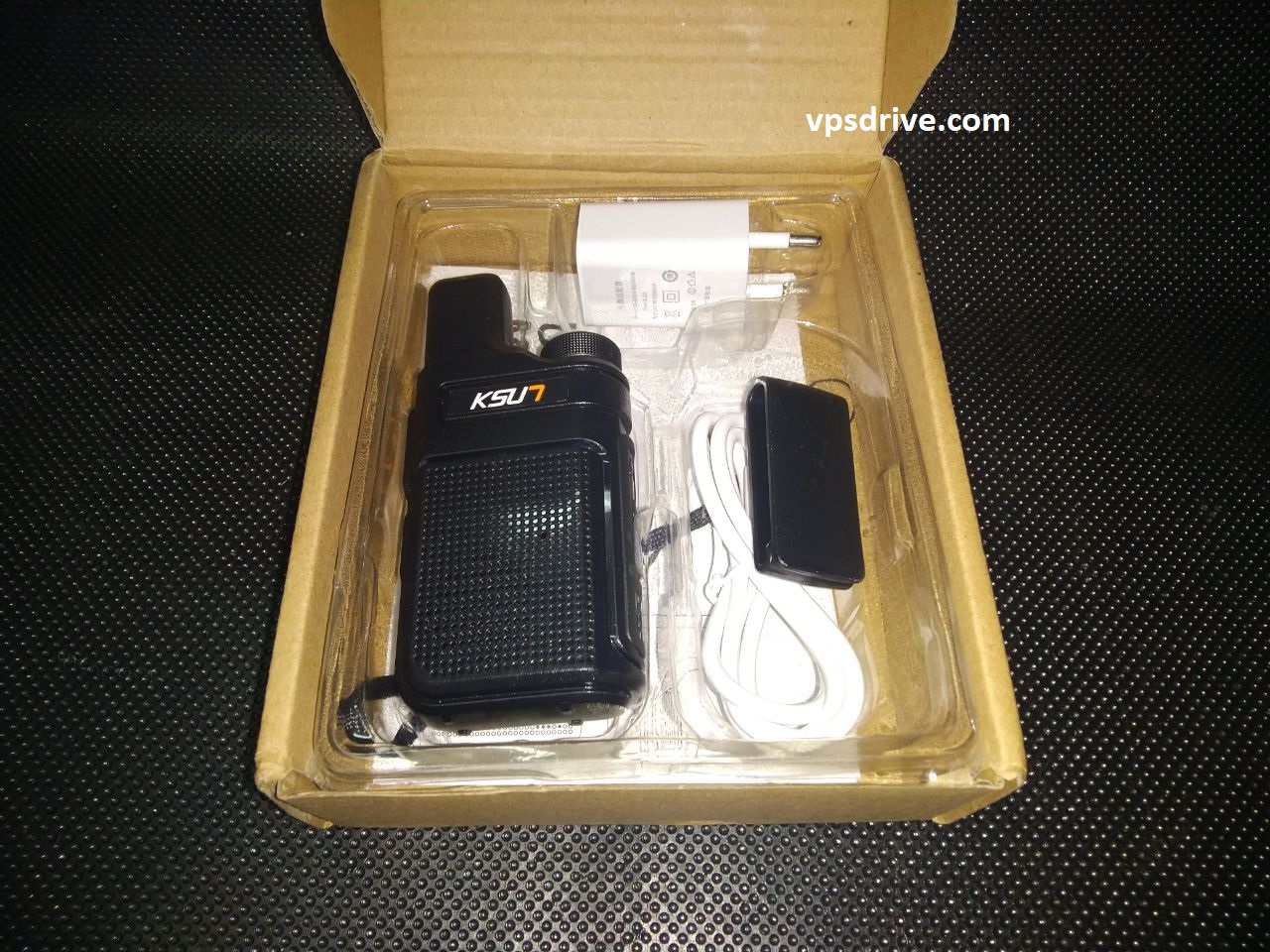
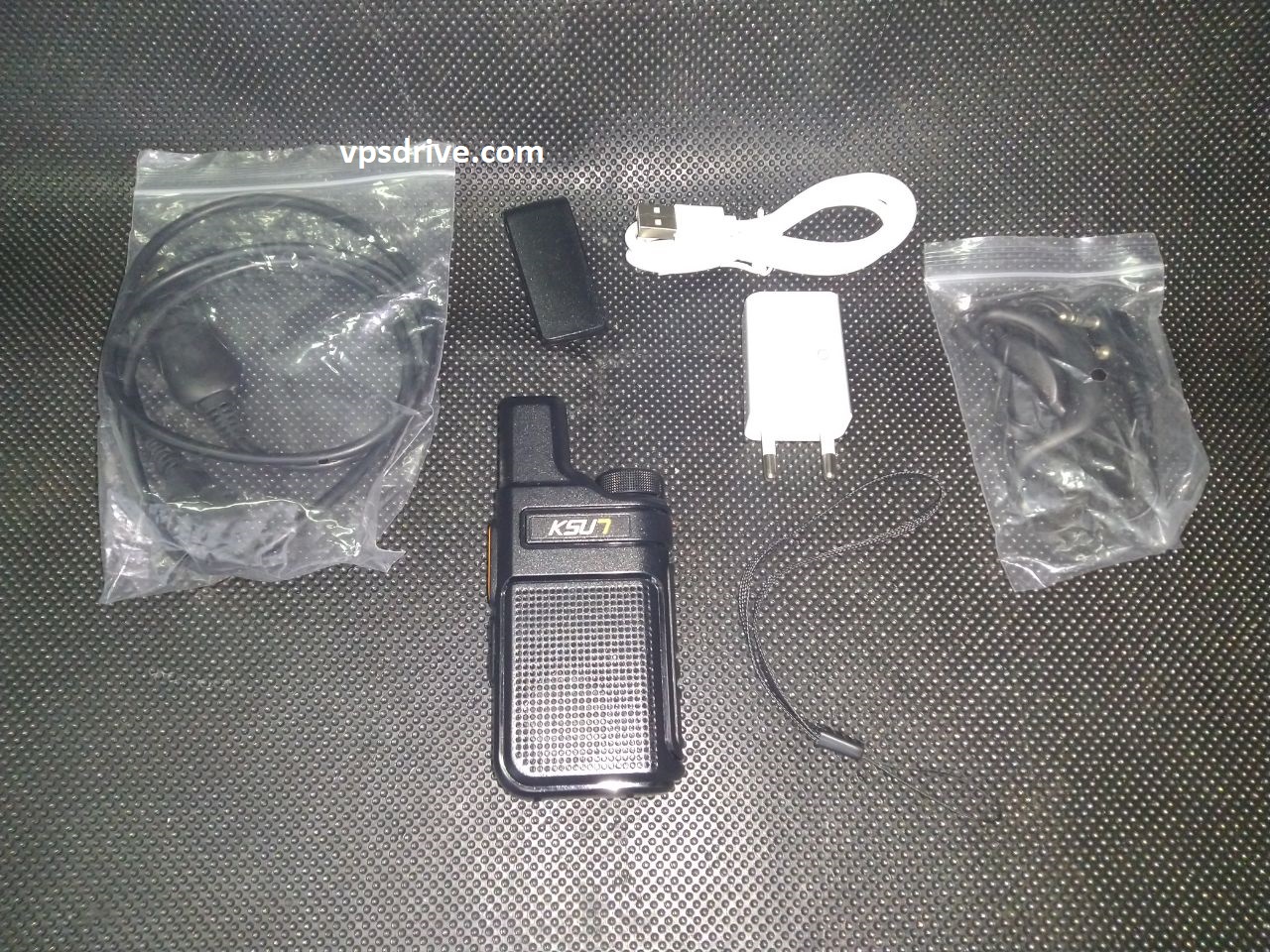
The kit is quite rich, there may be a wired headset, a cord and a mount that allows you to hook the walkie-talkie to clothes.
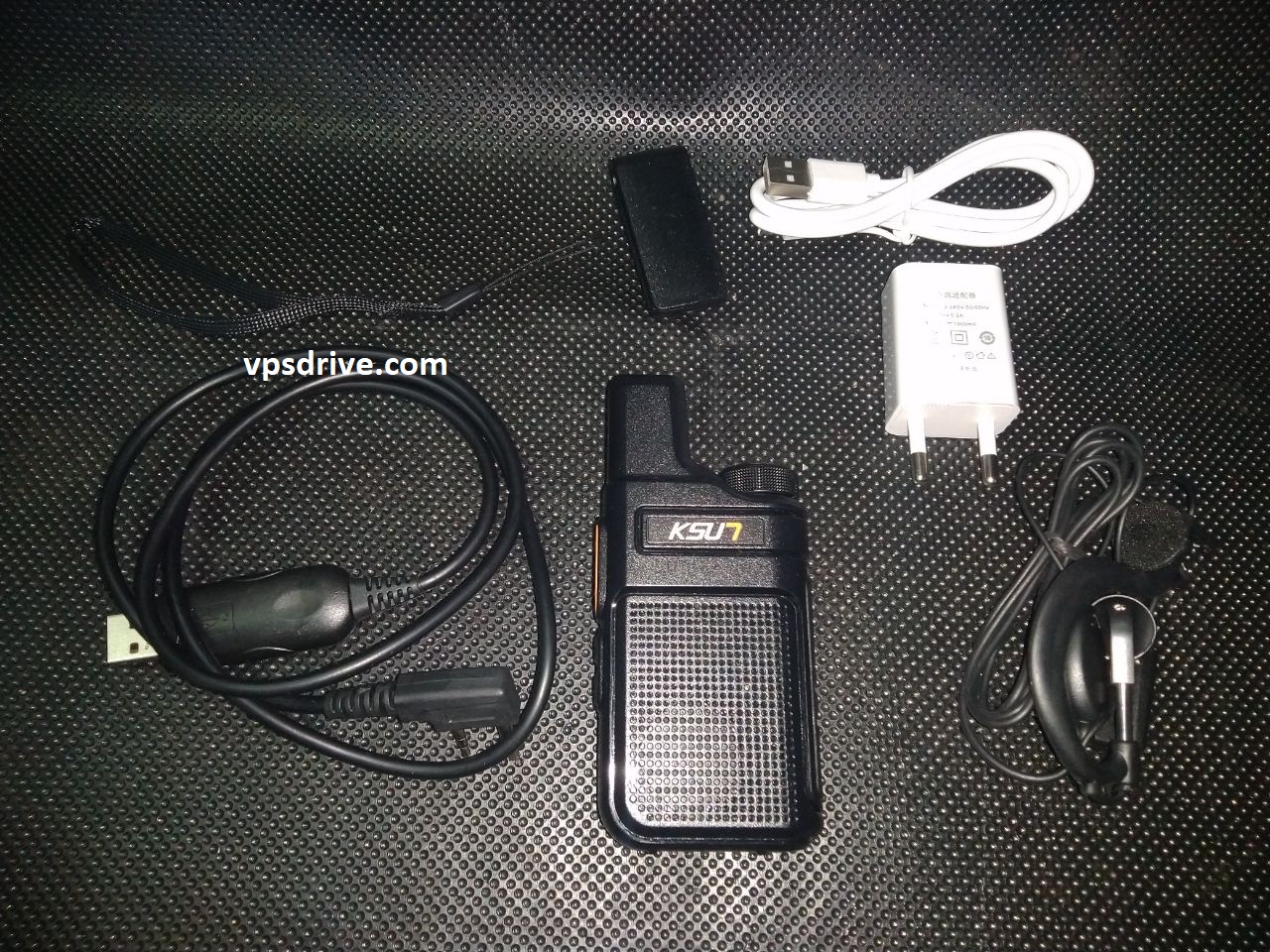
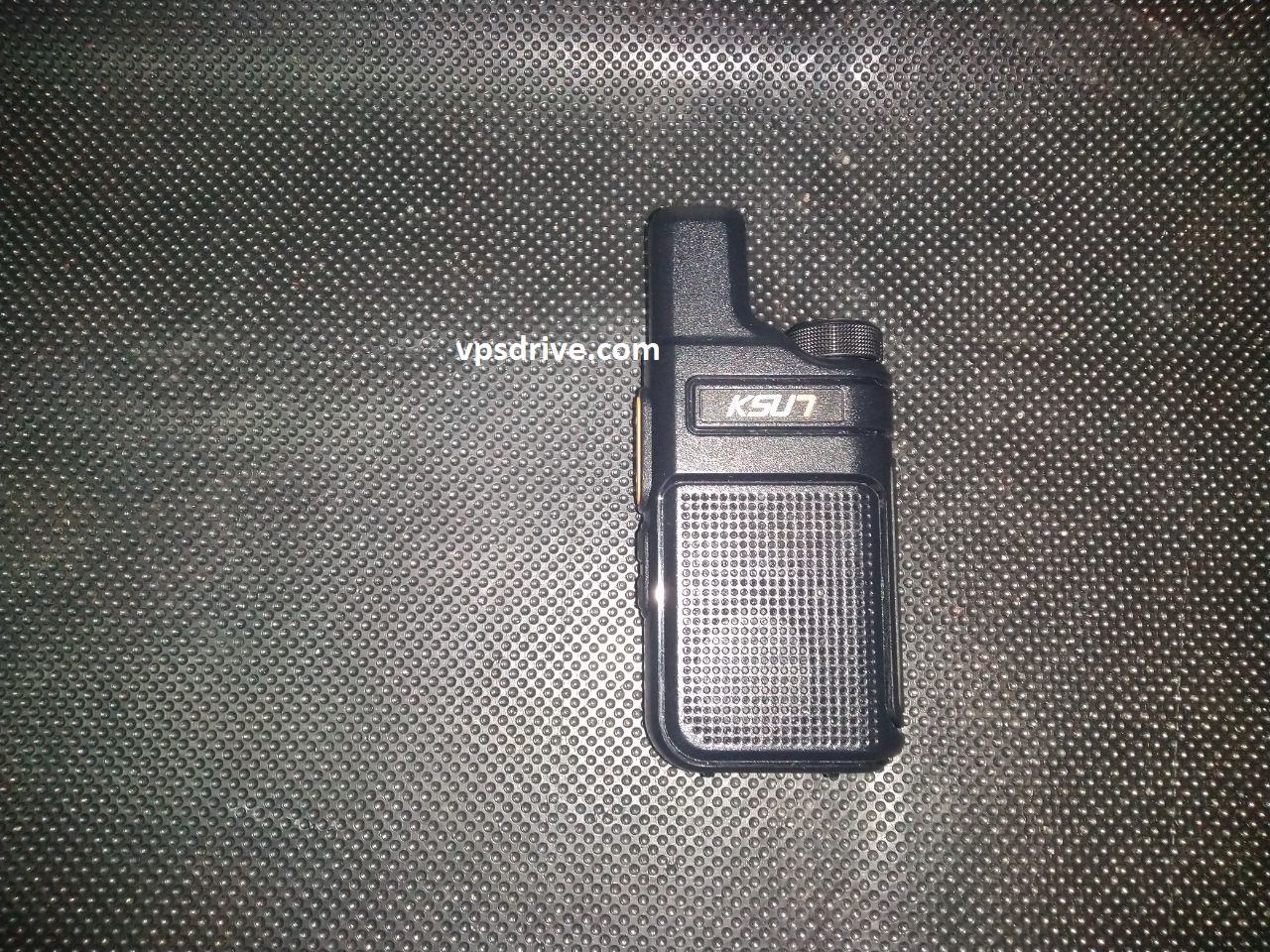
The device itself is very compact in size, one might even say small compared to other products on the market. It can easily fit in almost any pocket.
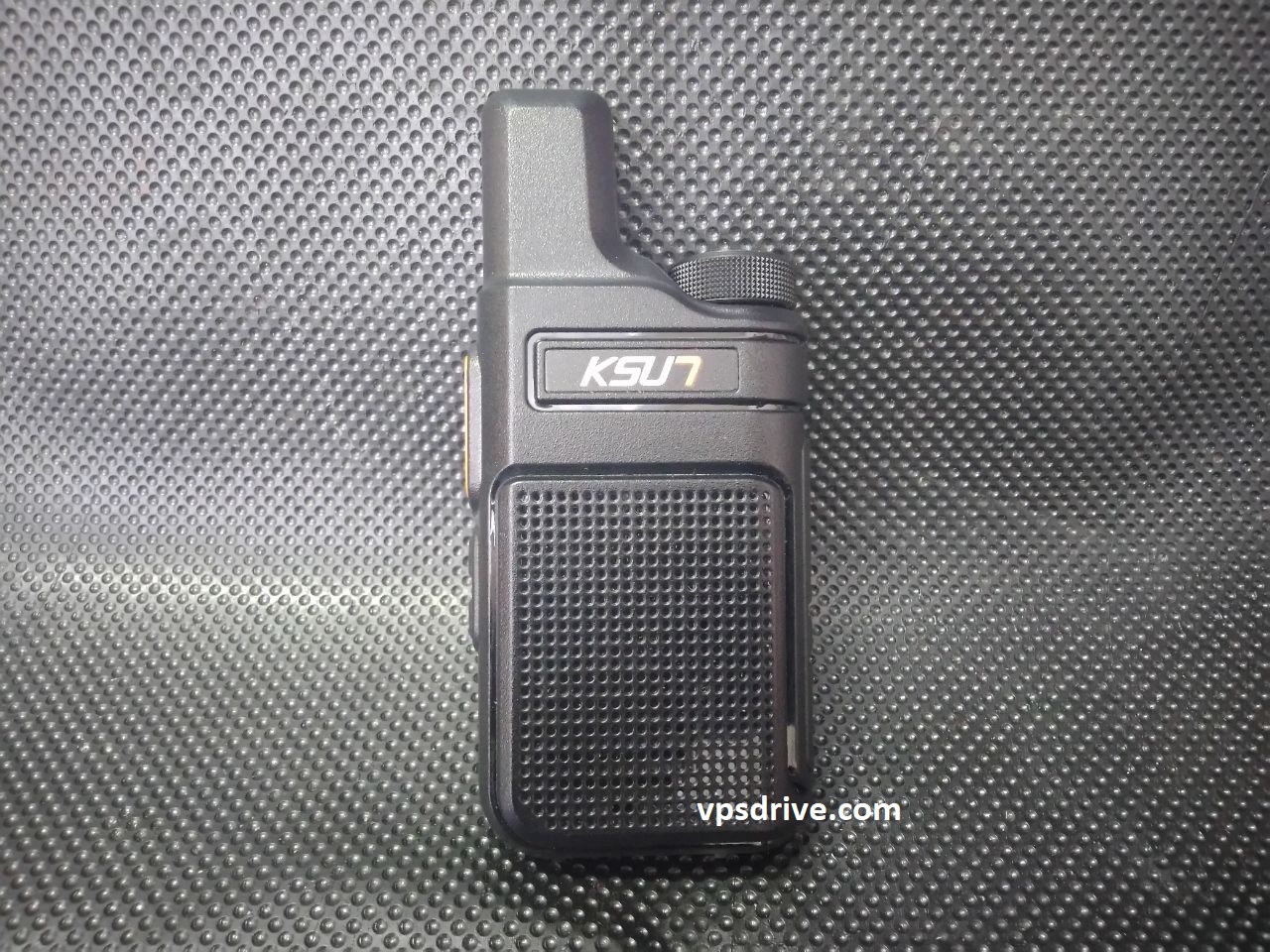
There are contacts on the back of the battery that allow you to charge the radio in a special glass, you can buy it separately, but in theory it's easiest to charge with the cable that comes with the kit
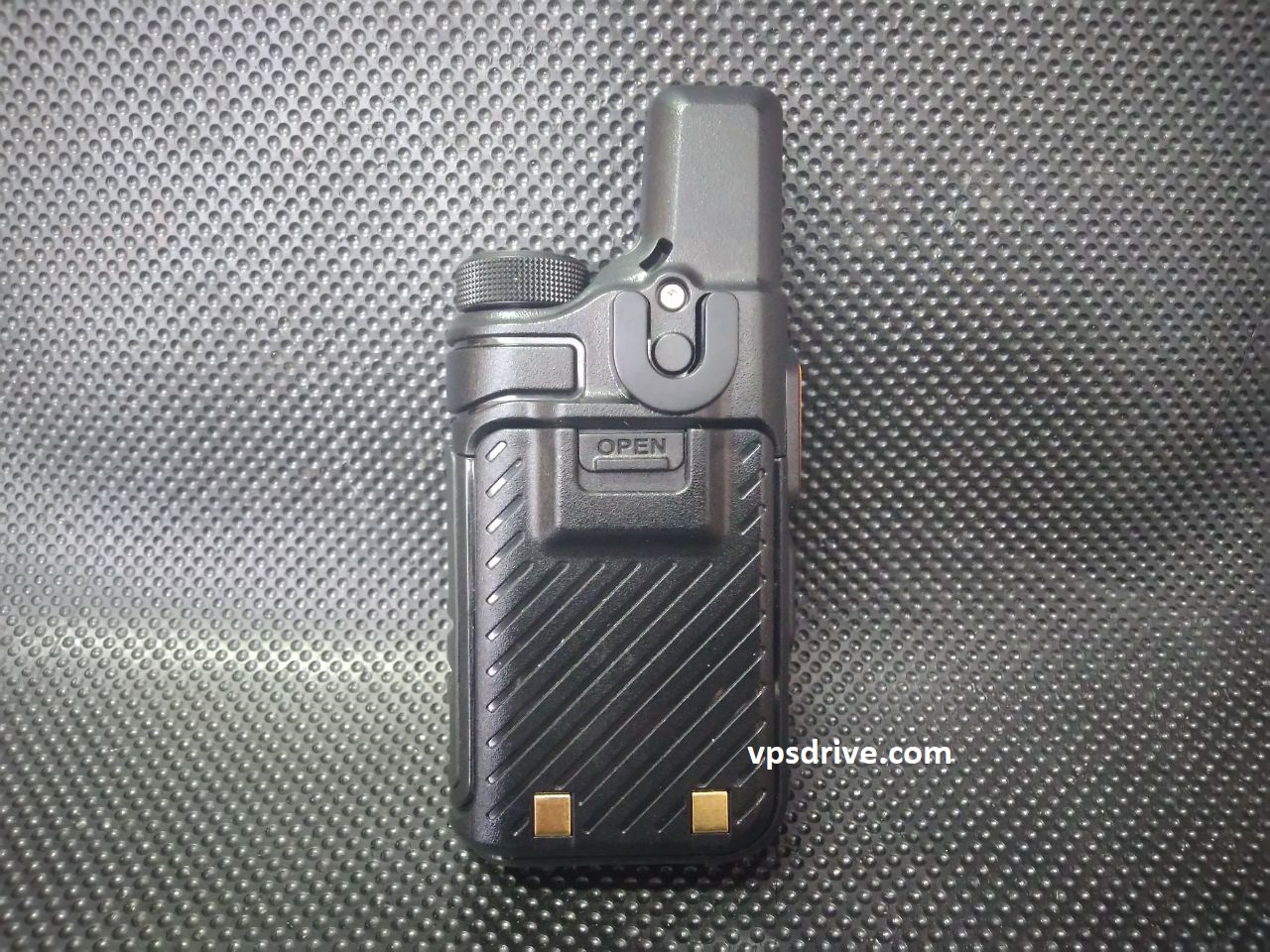
On the right side panel there are two rubber bands that cover the connectors
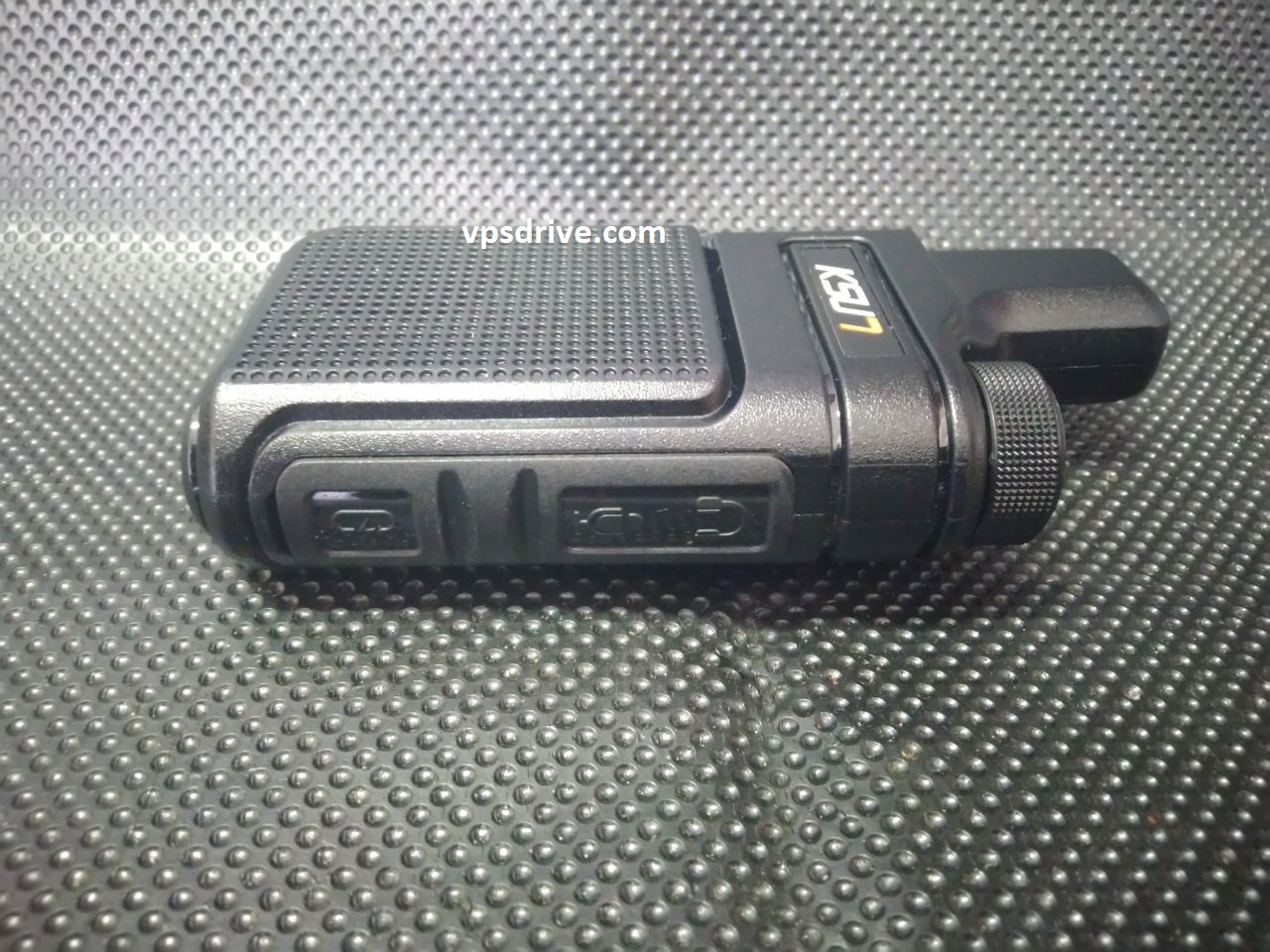
On the left is the PTT signal transmission button and the buttons for switching programmed channels.
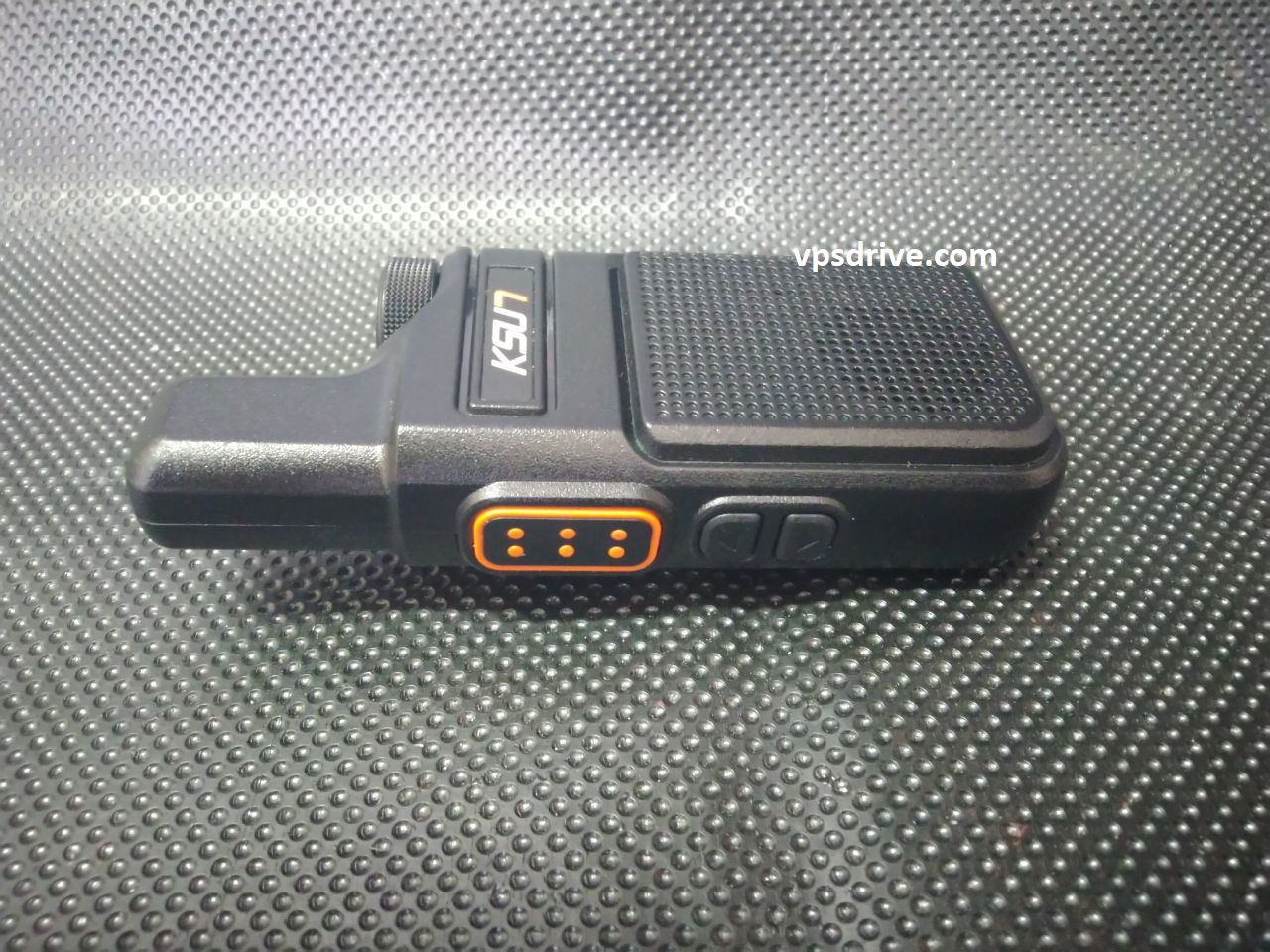
Headset jack or programming cable
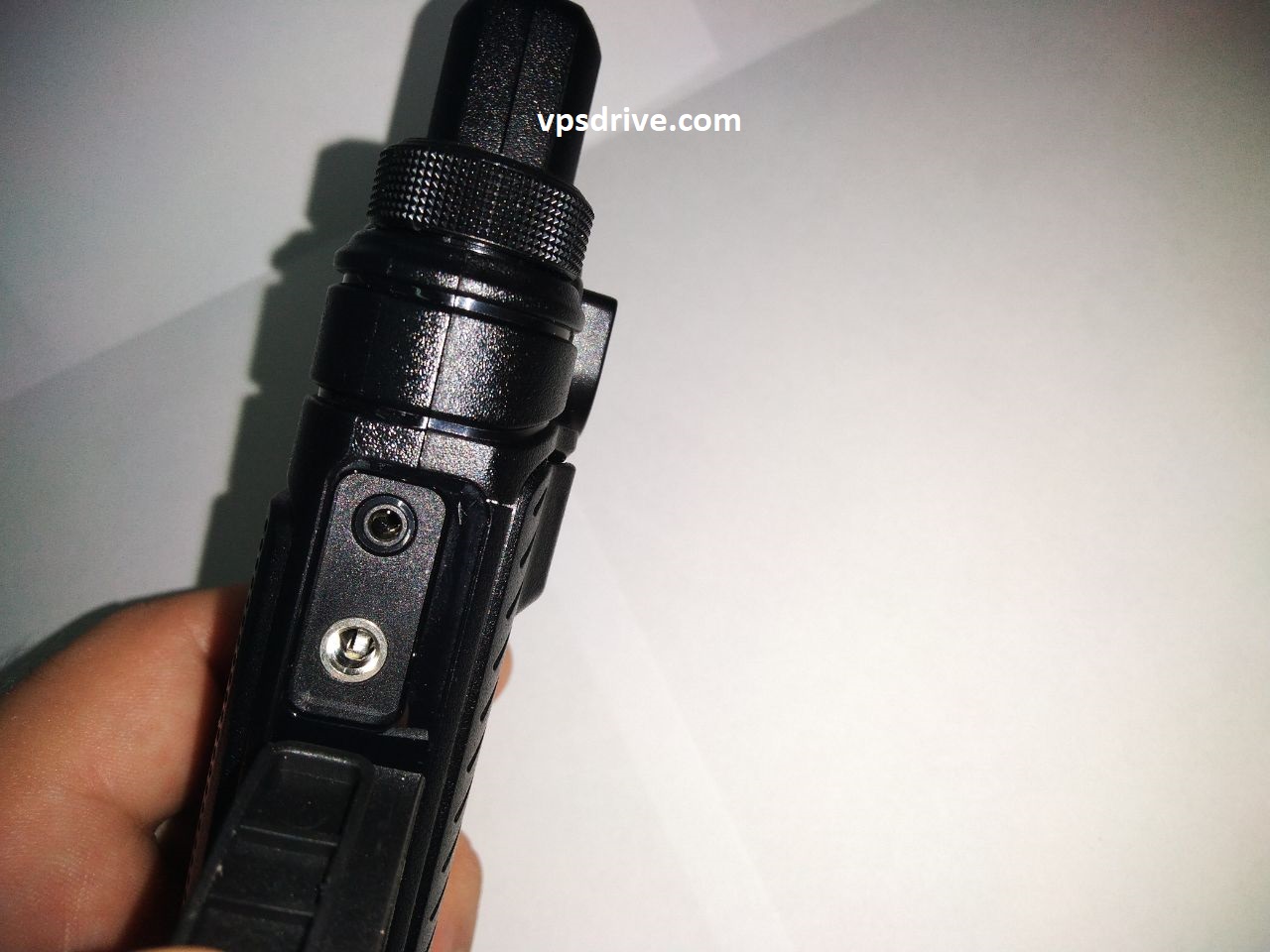
USB Type-C charging cable
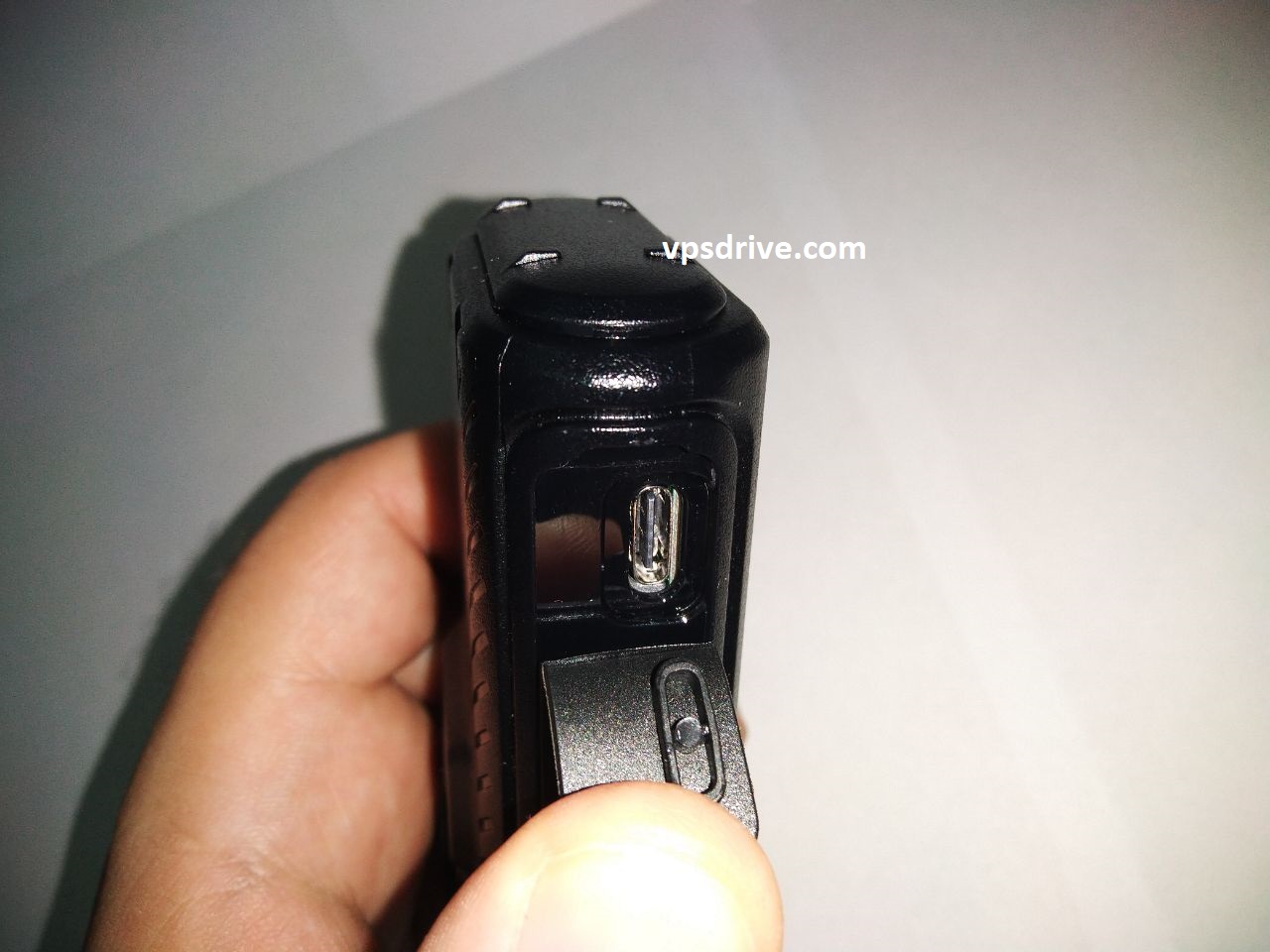
At the top, next to the antenna, is the volume control, which is also the power switch for the radio. That is, at the beginning of the turn, a click is heard and the radio turns on; turning further increases the volume, and in the opposite direction decreases and turns off.
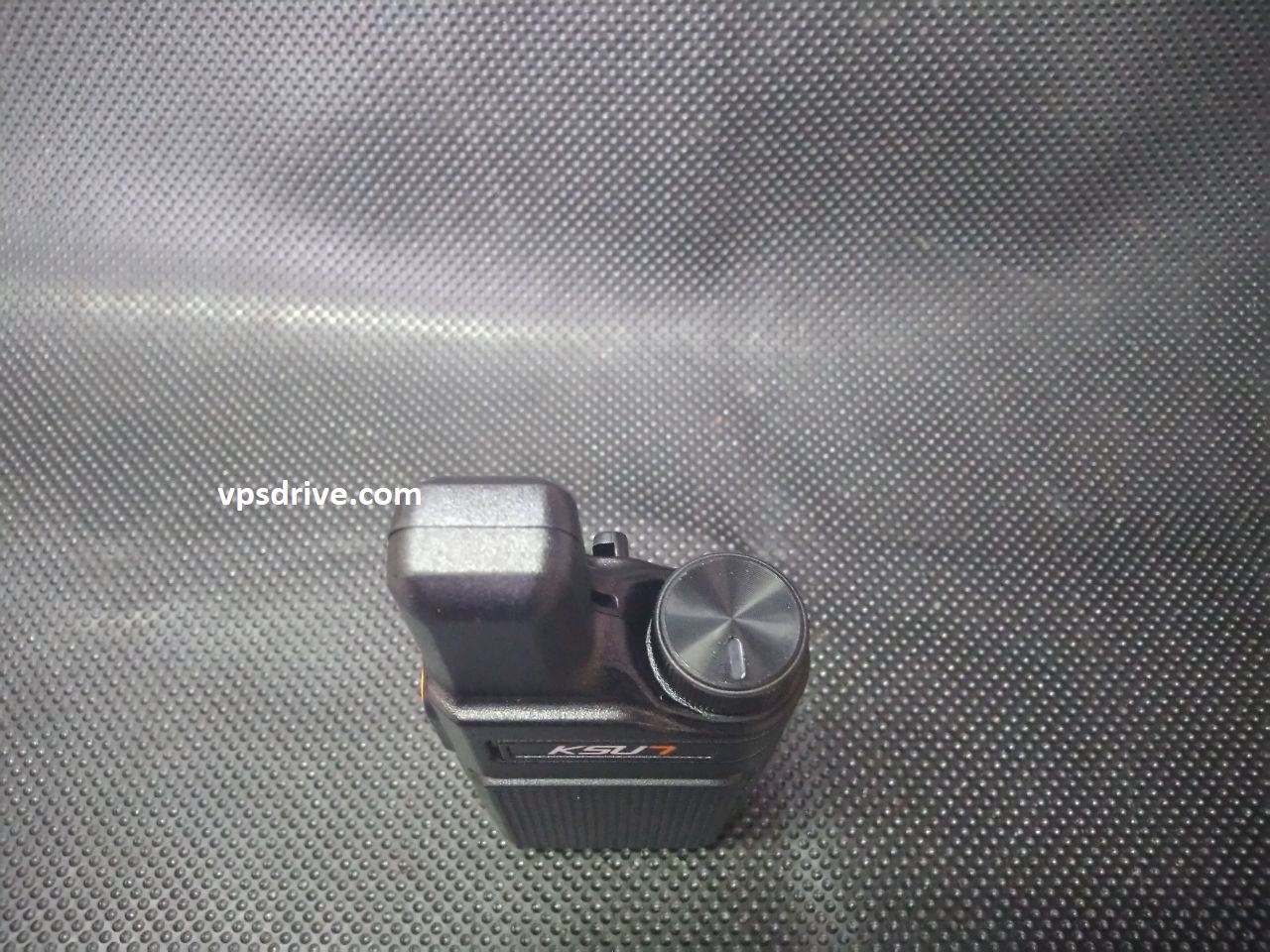
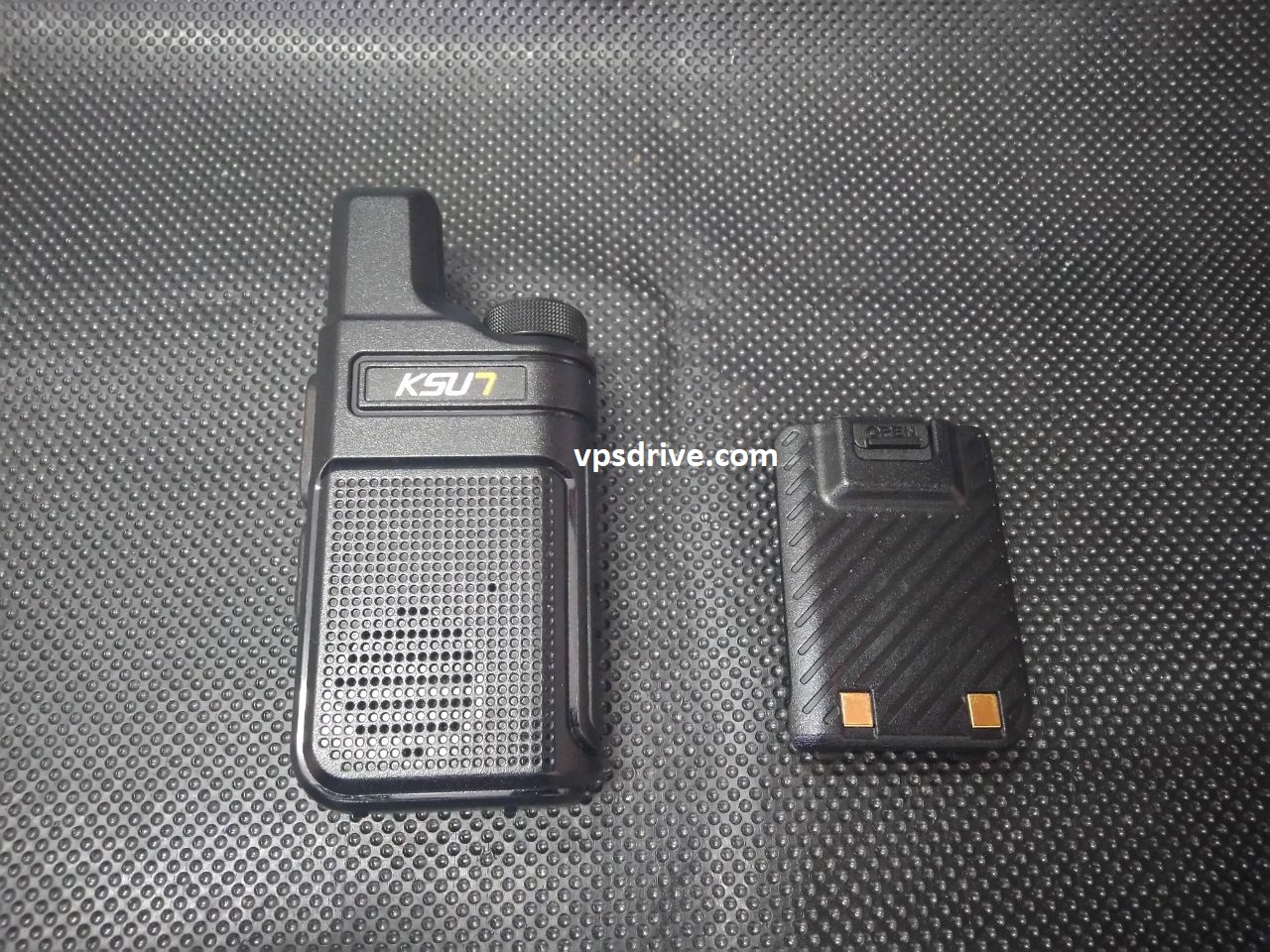
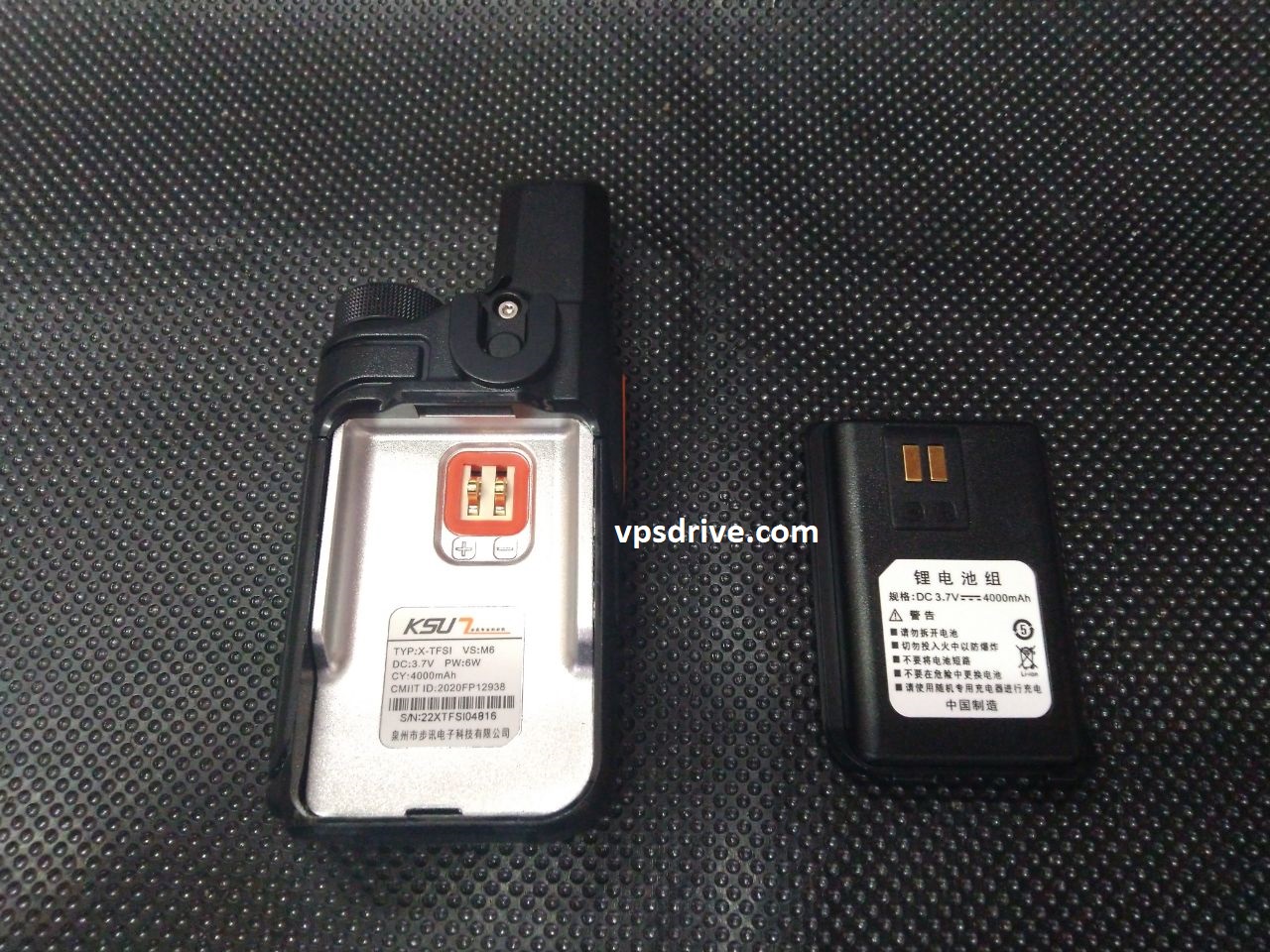
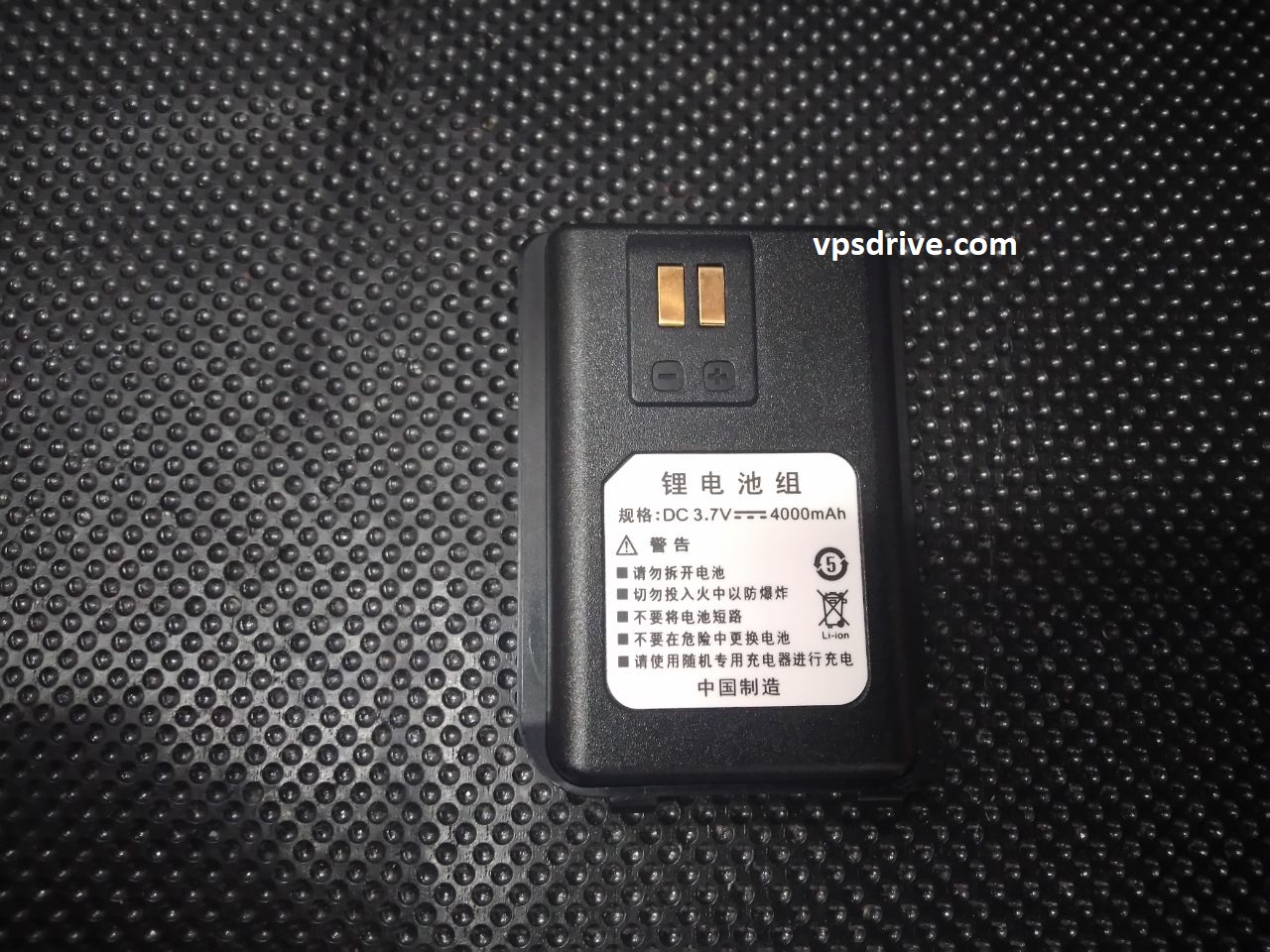
Inside the case has a metal frame and a rubber seal on the power contacts
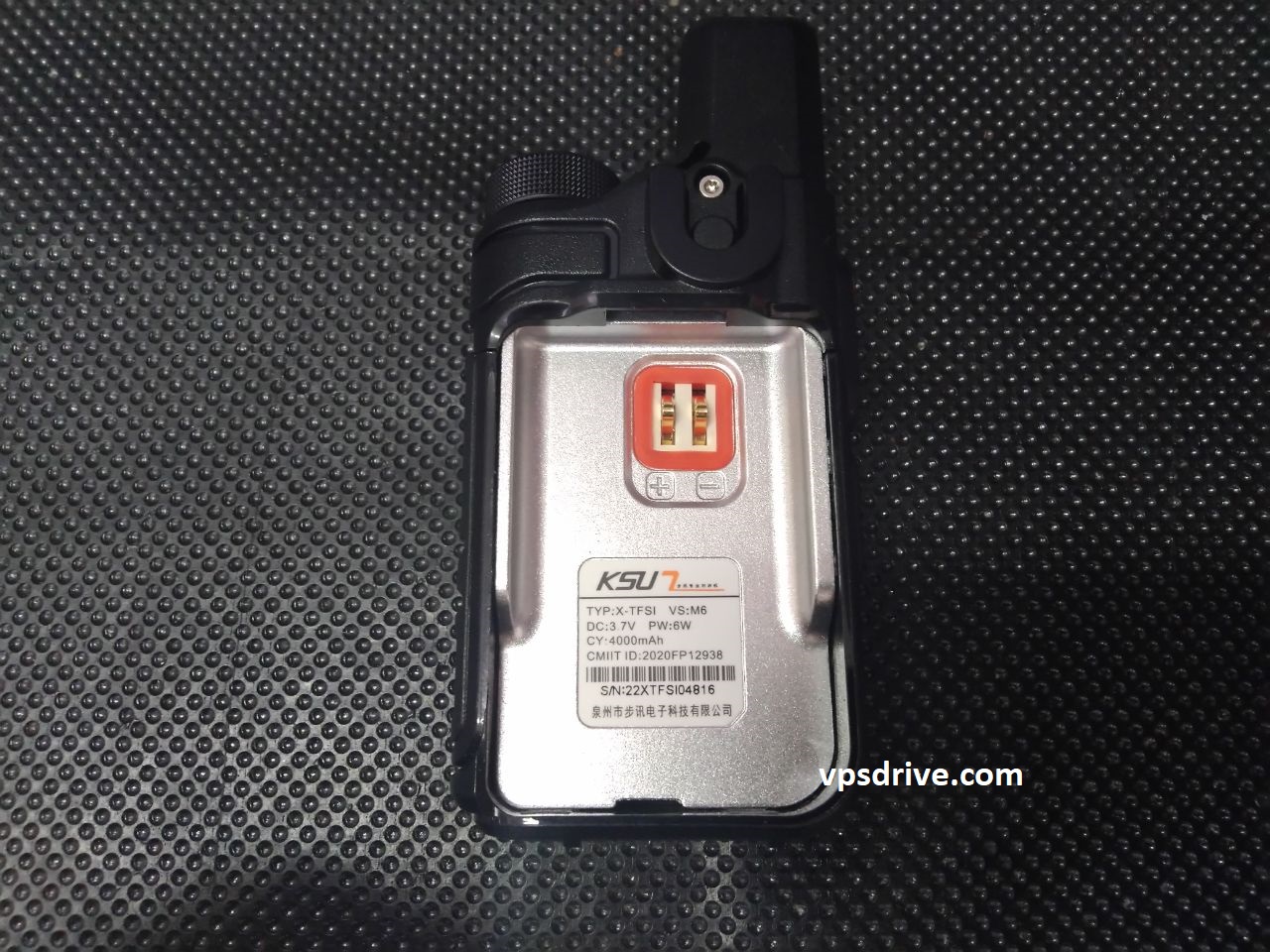
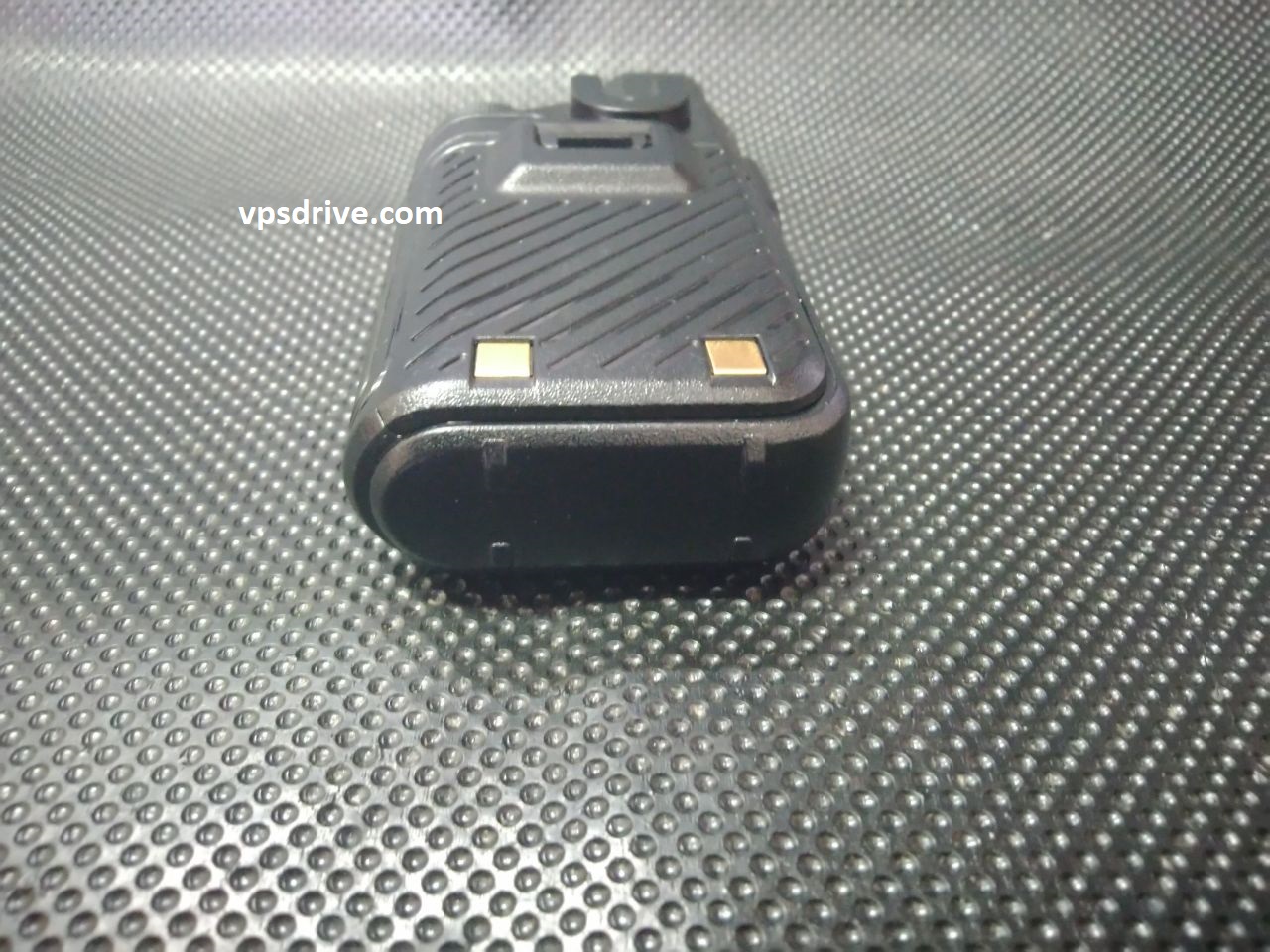
An interesting feature that looks very good is the LED display built into the speaker, which shows various data, including the channel number and the battery level in the process of charging.
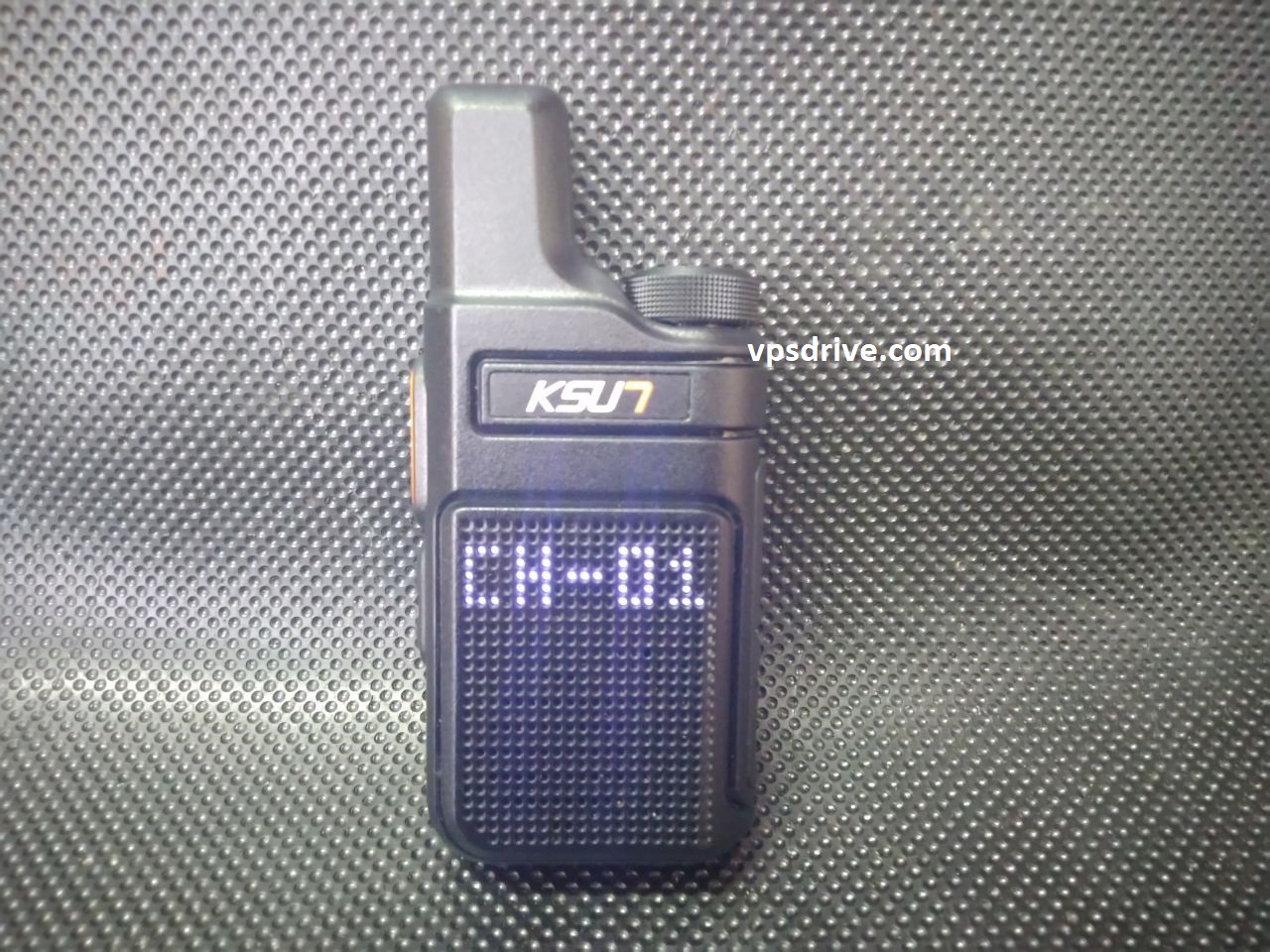
Device Passport
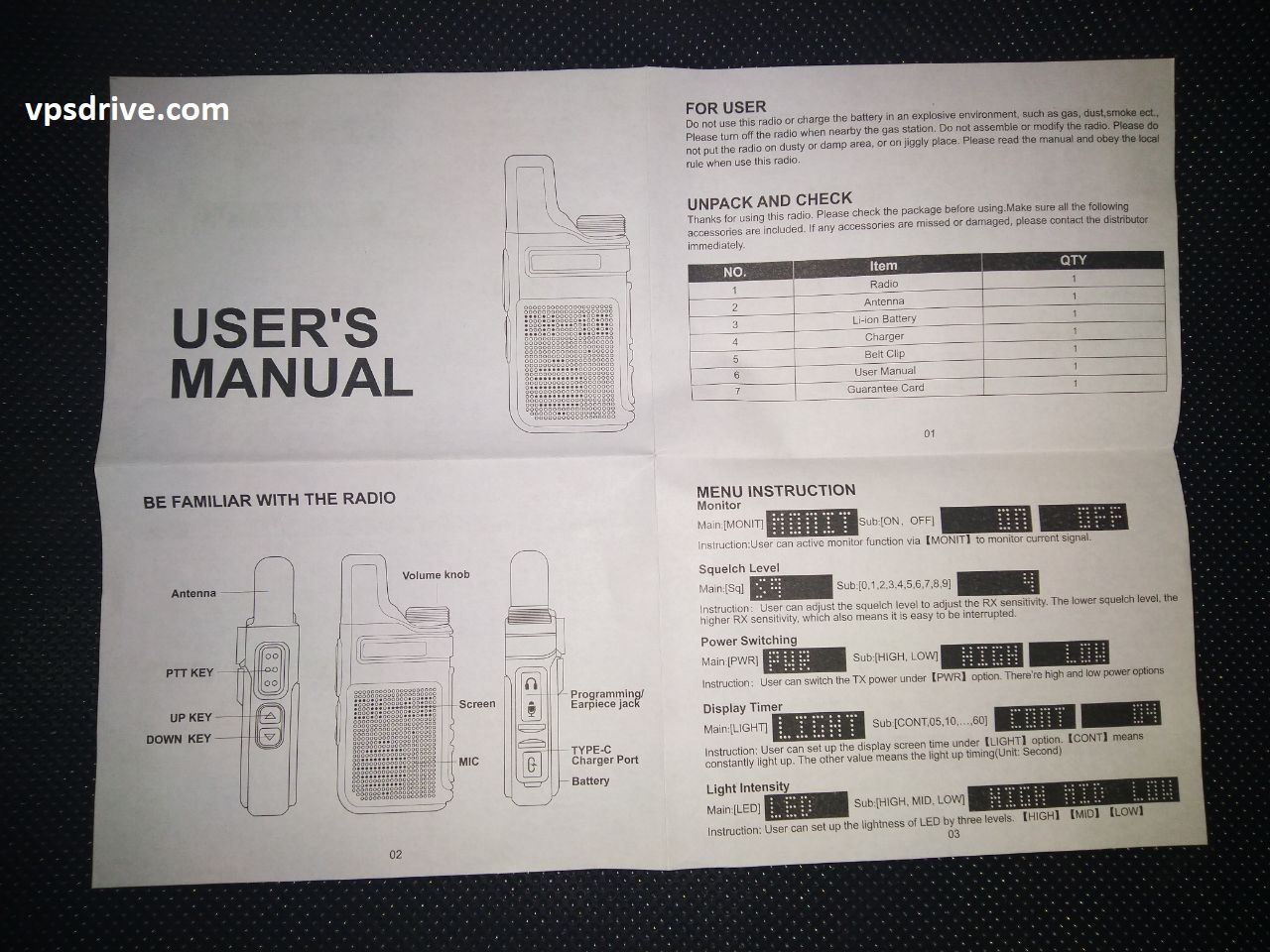
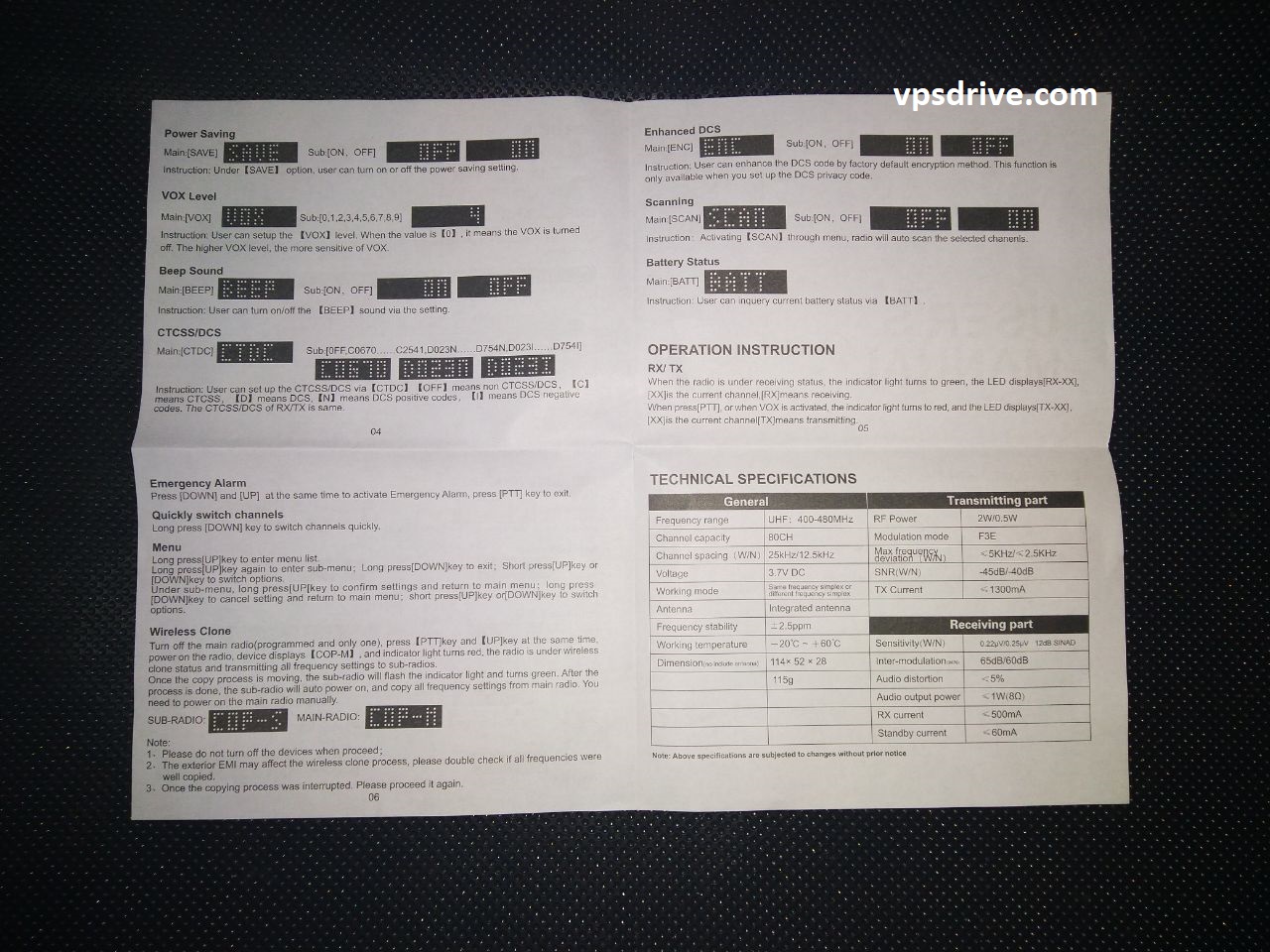
The seller has different kits, with cable and without cable. One walkie-talkie or two at once.
YouTube
Odysee
I bought this walkie-talkie here
